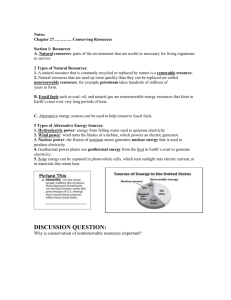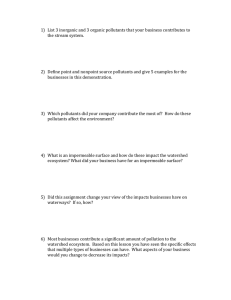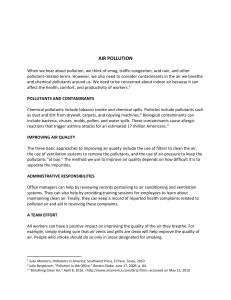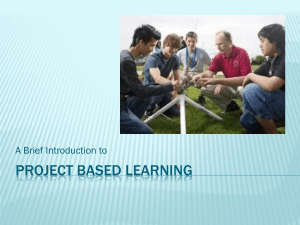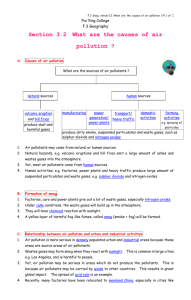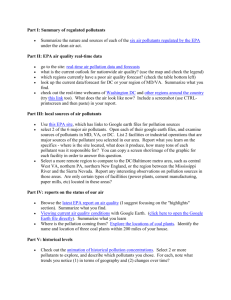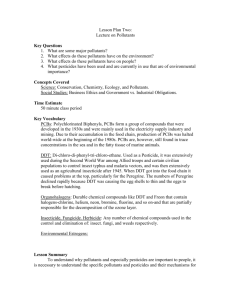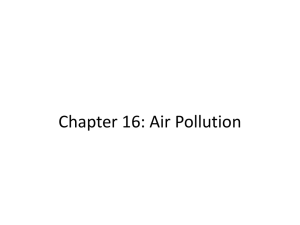Copyright © Glencoe/McGraw-Hill, a division of the McGraw
advertisement
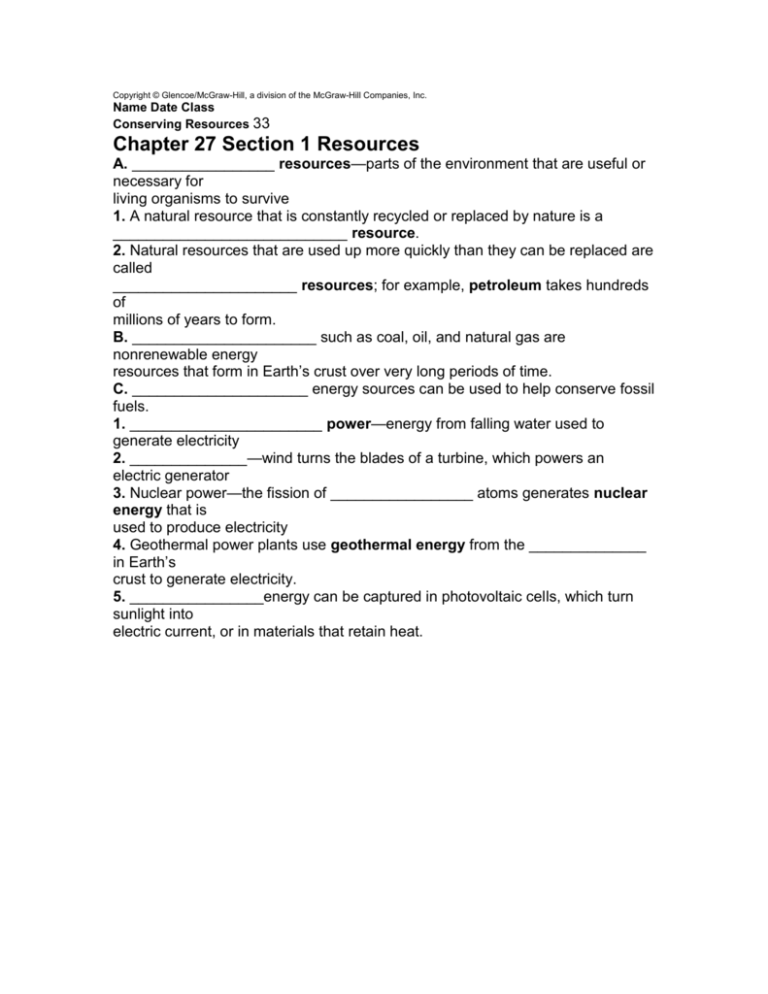
Copyright © Glencoe/McGraw-Hill, a division of the McGraw-Hill Companies, Inc. Name Date Class Conserving Resources 33 Chapter 27 Section 1 Resources A. _________________ resources—parts of the environment that are useful or necessary for living organisms to survive 1. A natural resource that is constantly recycled or replaced by nature is a ____________________________ resource. 2. Natural resources that are used up more quickly than they can be replaced are called ______________________ resources; for example, petroleum takes hundreds of millions of years to form. B. ______________________ such as coal, oil, and natural gas are nonrenewable energy resources that form in Earth’s crust over very long periods of time. C. _____________________ energy sources can be used to help conserve fossil fuels. 1. _______________________ power—energy from falling water used to generate electricity 2. ______________—wind turns the blades of a turbine, which powers an electric generator 3. Nuclear power—the fission of _________________ atoms generates nuclear energy that is used to produce electricity 4. Geothermal power plants use geothermal energy from the ______________ in Earth’s crust to generate electricity. 5. ________________energy can be captured in photovoltaic cells, which turn sunlight into electric current, or in materials that retain heat. Section 2 Pollution A. A ___________________ is a substance that contaminates the air, land, or water. B. _____________ pollutants include soot, smoke, ash, and gases such as carbon dioxide, carbon monoxide, nitrogen oxides, and sulfur oxides. C. _____________ is created when sunlight reacts with pollutants. D. ____________________________ results from air pollutants reacting with water in the atmosphere. 1. Acid ______________ can kill plants and animals. 2. Reducing the use of high sulfur coal and lowering pollutants from vehicle exhaust can help _________________ acid rain. E. The atmosphere traps heat through the ____________________ effect; increased carbon dioxide in the atmosphere may cause global warming. F. ________________ depletion, the thinning of the ozone layer, is caused by chlorofluorocarbons (CFCs) and can result in increased UV radiation reaching Earth’s surface. G. Insulation can trap ________________ air pollutants such as carbon monoxide or radon. H. _______________ is polluted when air or land pollutants enter rivers, lakes, or oceans. 1. _________________ water pollutants include chemical pesticides, raw sewage, and fertilizer. 2. Rivers and streams dump pollutants into the _______________; oil spills are also a source of seawater pollution. 3. _____________________ can become polluted as it seeps through particles of rock and soil or collects in underground pools called aquifers. I. _________________ is the movement of soil from one place to another; it causes the loss of fertile topsoil. J. Soil can be polluted by solid wastes in landfills or by ___________________ wastes such as dangerous chemicals or radioactive materials. Section 3 The Three Rs of Conservation A. ______________________ can help prevent shortages of natural resources, slow growth of landfills, reduce pollution levels, and save money. B. Conservation includes __________________ the use of natural resources. C. Conservation includes _________________ natural resources. D. ___________________—reprocessing an item or natural resource for reuse 1. Different types of __________________ can be sorted for recycling by recycle codes. 2. Steel and other ________________ are often recycled. 3. _______________ bottles and jars can be reused or melted and reformed into new glass products. 4. _______________ can be recycled to form new paper products. 5. Vegetation waste can be ___________________ and used as soil-enriching fertilizer. 6. ________________ recycled products promotes conservation. Meeting Individual Needs Note-taking Worksheet (continued) Meeting Individual Needs Note-taking Worksheet (continued)
